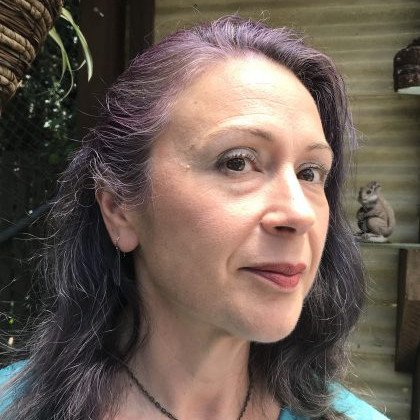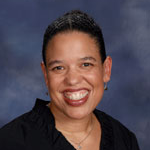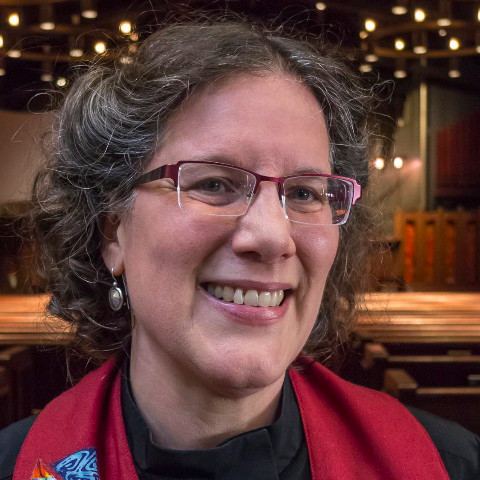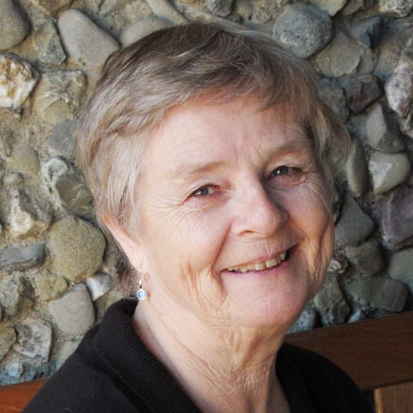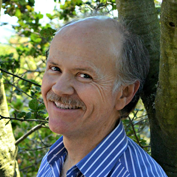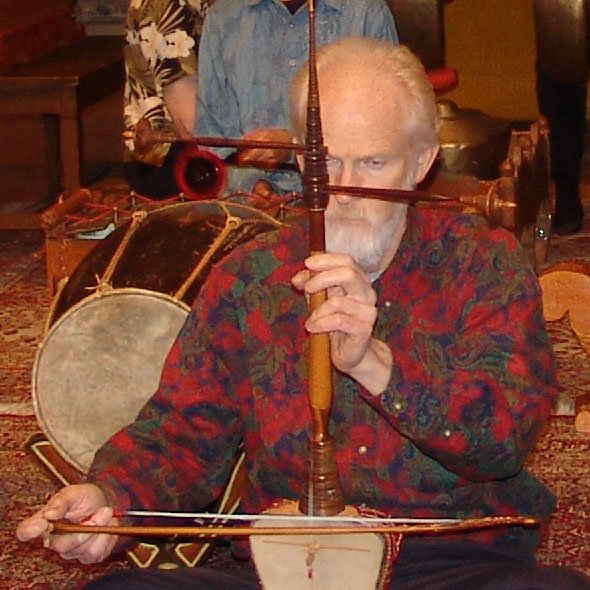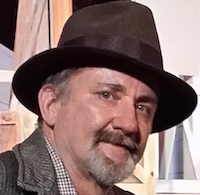by Jay Hanks
 Early in 1990, partnerships began forming between UU churches in America and Unitarian Churches in the Transylvanian region of Romania. In August 1990 the UUCB Choir and a few others toured Eastern Europe and made the first visit to our partner church in the village of Homoródújfalu. It was arranged for me to spend several additional days in Homoródújfalu as the guest of the ministerial family.
Early in 1990, partnerships began forming between UU churches in America and Unitarian Churches in the Transylvanian region of Romania. In August 1990 the UUCB Choir and a few others toured Eastern Europe and made the first visit to our partner church in the village of Homoródújfalu. It was arranged for me to spend several additional days in Homoródújfalu as the guest of the ministerial family.
Following our return home I was asked to become the chair of our newly formed UUCB Partner Church Committee and served for over 11 years.
In 1993 the Partner Church Committee, in cooperation with Starr King School for the Ministry, obtained a foundation grant, which became the original funding for a scholarship awarded to a Unitarian minister in Romania for a year of graduate study at Starr King School. During the first year the scholarship proved to be a very welcome and successful addition to the school. Starr King School decided to expand it into an annual scholarship. It was named The Balazs Scholar Program in honor of the Rev. Francis Balazs, the first minister from Romania to attend Starr King School in the 1920s.

In 1998 our co-ministers, Revs. Barbara and Bill Hamilton-Holway, joined the tour for their first of several visits to Homoródújfalu. And in April 1999 we arranged to bring Rev. Ilkei Arpad and his wife Judit to Berkeley for a week hosted by our ministers. The committee raised the money and planned their tour. We recruited about a dozen Hungarian-speaking translators who rotated in serving part of each day during the Ilkei’s visit.
[At the UUA General Assembly in 2010 Jay Hanks was one of the recipients of a Steward of Partnership Award presented by the Unitarian Universalist Partner Church Council.]
Partner Church Historical Sketch
by Stephanie Ann Blythe
UUCB began its partnership with Homoródújfalu in the 1920s under the American Unitarian Association’s sister church program between American and Transylvanian congregations. The link was broken in the 1930s and largely forgotten as the Depression, World War II, and Communist rule in Romania intervened. Rev. Richard Boeke first traveled to Transylvania in 1964. After the Communist regime fell in December 1989, he led a UUCB choir group to Homoródújfalu for a brief visit. Jay Hanks stayed for several days in the village, and his photos of the villagers presents a significant historical record of a people transitioning from repression.
The next pilgrimage to Transylvania came in 1997. Co-ministers Barbara and Bill Hamilton-Holway made their first trip to Homoródújfalu in 1998. Rev. Ilkei Arpad, wife Judit, and son Szabolcs visited UUCB in 1999. Barbara and Bill returned in 2001.
Beginning in 1997 our pilgrimages have been arranged and hosted by Project Harvest Hope, a nonprofit organization that has actively supported community sustainability and development in the Unitarian villages of Transylvania. A choir group from UUCB helped Homoródújfalu celebrate the 325th anniversary of their church in 2006. Our seventh trip came in 2010.
Our earliest financial support to the village came in the form of contributions to help them replace church bells confiscated and melted down during World War I. Our contributions also helped an impoverished people during a time of political and social upheaval. Once proud citizens of Hungary, they now found themselves a repressed minority in Romania, a result of the Trianon Treaty following the Great War. The late 20th Century revival of the Partner Church movement came partly in response to Communist plans to bulldoze most of the ethnic Hungarian villages of Transylvania. Had the fall of the Ceauşescu regime not intervened, Unitarianism in Transylvania might have been wiped out.
To support our partner church and village we have established the Village Education Fund, which helps students from Homoródújfalu attend high school in distant cities. Our gifts have helped with the renovation of their church building; purchase of a community house; eradication of a fungus in the church; purchase of a milk cooling tank, a VCR, and other items for the village school; as well as funds for the minister and the parsonage.
Our partnership with Homoródújfalu benefits Berkeleyan and Transylvanian alike. Beyond material gifts, we have given them hope and lessened their feeling of abandonment and isolation. They have given us love, gratitude and a sense of rootedness and connection to our Unitarian heritage.
2011 Memories of Starting Our Transylvanian Partner Church Relationship
by Anne Greenwood, co-chair, Transylvanian Partner Church Committee, May 2011
 Rev. Richard (Dick) Boeke, Barbara Back, and Eric Howe organized a choir tour around the 1990 International Association for Religious Freedom’s congress, scheduled to meet in Hamburg, Germany. It was a wonderful trip, including time in Prague. As one of the post-congress stops, Dick arranged to visit the village of Homoródújfalu, Romania with the 40-member choir. The Romanian dictator, Ceauşescu, had just been deposed in December 1989, and the country was open to foreign visitors for the first time in decades. Dick had discovered in our church archives that the Women’s Alliance sent money to this congregation after World War I to help replace the church bell, which had been confiscated to melt down for armaments. The welcome was memorable. The tour bus was too heavy to cross the wooden bridge into the small village of 100 families. Everyone had to disembark and walk on foot on the dirt road. In the short hours the group was there, they attended a church service, had a communal meal with the whole village, and found out the villagers had not forgotten the connection begun so long ago.
Rev. Richard (Dick) Boeke, Barbara Back, and Eric Howe organized a choir tour around the 1990 International Association for Religious Freedom’s congress, scheduled to meet in Hamburg, Germany. It was a wonderful trip, including time in Prague. As one of the post-congress stops, Dick arranged to visit the village of Homoródújfalu, Romania with the 40-member choir. The Romanian dictator, Ceauşescu, had just been deposed in December 1989, and the country was open to foreign visitors for the first time in decades. Dick had discovered in our church archives that the Women’s Alliance sent money to this congregation after World War I to help replace the church bell, which had been confiscated to melt down for armaments. The welcome was memorable. The tour bus was too heavy to cross the wooden bridge into the small village of 100 families. Everyone had to disembark and walk on foot on the dirt road. In the short hours the group was there, they attended a church service, had a communal meal with the whole village, and found out the villagers had not forgotten the connection begun so long ago.
After the tour ended Dick convened a group in hopes of forming a committee to continue the relationship. Jay Hanks, who had spent extra time in the village after that brief afternoon, stepped forward and chaired the new committee; and Susan Toth helped translate. It was first known as the World Churches committee, partly because we were also helping some seminary students in the Philippines. That relationship also started because of Rev. Boeke’s travel there, where he met Rev. Toribio Quimada. But that’s another story. Many of the people on the Transylvanian trip helped develop the current relationship. Notably, Joe and Judy Fabry began to support a young girl whose father had died. They sent monthly contributions for many years, and I later met Kati Egyed and her mother.
One of the first gifts we received from the Transylvanians was the black embroidered cloth that is still used today on the Partner Church information table every Sunday. It is dated 1994 and the name of the maker is stitched into the corner. This young woman, Ilona Benedek, was the daughter of a diminutive elderly lady we knew as Mrs. Benedek. Ilona died of cancer not long after we received the cloth. Mrs. Benedek wore black until her own death many years later.
Since then we have had many exchanges of gifts, travel, and support. We raised over $22,000 to help with the renovation of their sanctuary, which was rededicated in 2001. Another significant gift was a tractor, dedicated in 1995 and partially funded by Andre Watts, who donated the proceeds from his piano concert here. In the sanctuary there is a miniature kopjafa, a duplicate of the one in the courtyard of the Homoródújfalu church; a wood carving with red embroidered cloth hangs on the memory book table, and a plaque of clasped hands was received in 2010. The Szekeley gate outside the to north of the patio, a gift of Dr. Katalin Kadar, was dedicated to our partnership in 2007. We are grateful for this international connection to our Unitarian heritage.
 Visiting Homoródújfalu: Chronology 1990–2006
Visiting Homoródújfalu: Chronology 1990–2006
by Anne Greenwood
After the brief visit in 1990, five of us (Anne Greenwood, John Tucker, Jim Burneo, Jay Hanks, and Mary Pugh) went on the 1997 Project Harvest Hope tour, spending six days being hosted by village families.
In 1998 our ministers Barbara and Bill Hamilton-Holway co-led a second Project Harvest Hope pilgrimage and were accompanied by eight others who stayed with families. Bill and Barbara stayed in the home of the minister, Rev. Ilkei Arpad, his wife Judit and son, Szabolcs. We brought the Ilkeis here to visit us for 2+ weeks in April 1999. That summer Karl Ruppenthal and David Barbour visited. In 2000 Donna Rolls, Karl Ruppenthal, Valerie and Eldon Wolf, Ken and Emily Duffy visited and attended the Rev. Kinga-Réka Zsigmond’s wedding in nearby Homorodszentpeter. In 2001 Bill and Barbara Hamilton Holway led a delegation to celebrate the restoration of their church building in honor of its 200th Anniversary. Anne Greenwood, John Tucker, Jim Burneo, Jay Hanks, Lois Atkinson, Roger and Marion Thompson, Craig Scott, and Susan Toth joined them.
In July 2006, we organized a singing pilgrimage, which included four days in the village. Choir director Bryan Baker was joined by Stephanie Ann Blythe, Roger Dillahunty, Rev. Christopher Holton Jablonski, Michèle Voillequé, Jane and Bob Lundin, Ellen and Allen Fisher, Anne Greenwood, Jeanne Griffith, Susan Lankford, and Jan Setchko from UUCB. From San Francisco came Mike McGirr and Rev. Julia Older and Susan Walker-OBrien joined us from Redwood City. They are partnered with Szekeleyjombor, a neighboring village served also by Rev. Arpád Ilkei. We sang at the 325th anniversary of this village congregation and enjoyed very warm hospitality from hosting families and the congregation.
Our most recent visit was in July 2010. Five of us came to celebrate the 20th anniversary of our partnership. Jay Hanks, who was on the initial visit in 1990, provided pictures from his archives and, with co-chairs Anne Greenwood and Stephanie Ann Blythe and members Marion Anderson and Lynn Sullivan, presented a CD covering visits from 1990 through 2006. It also included pictures from UUCB church life. We exchanged gifts, and spent a wonderful week learning about their latest projects, meeting students we have supported in past years and being fed and feasted royally.



